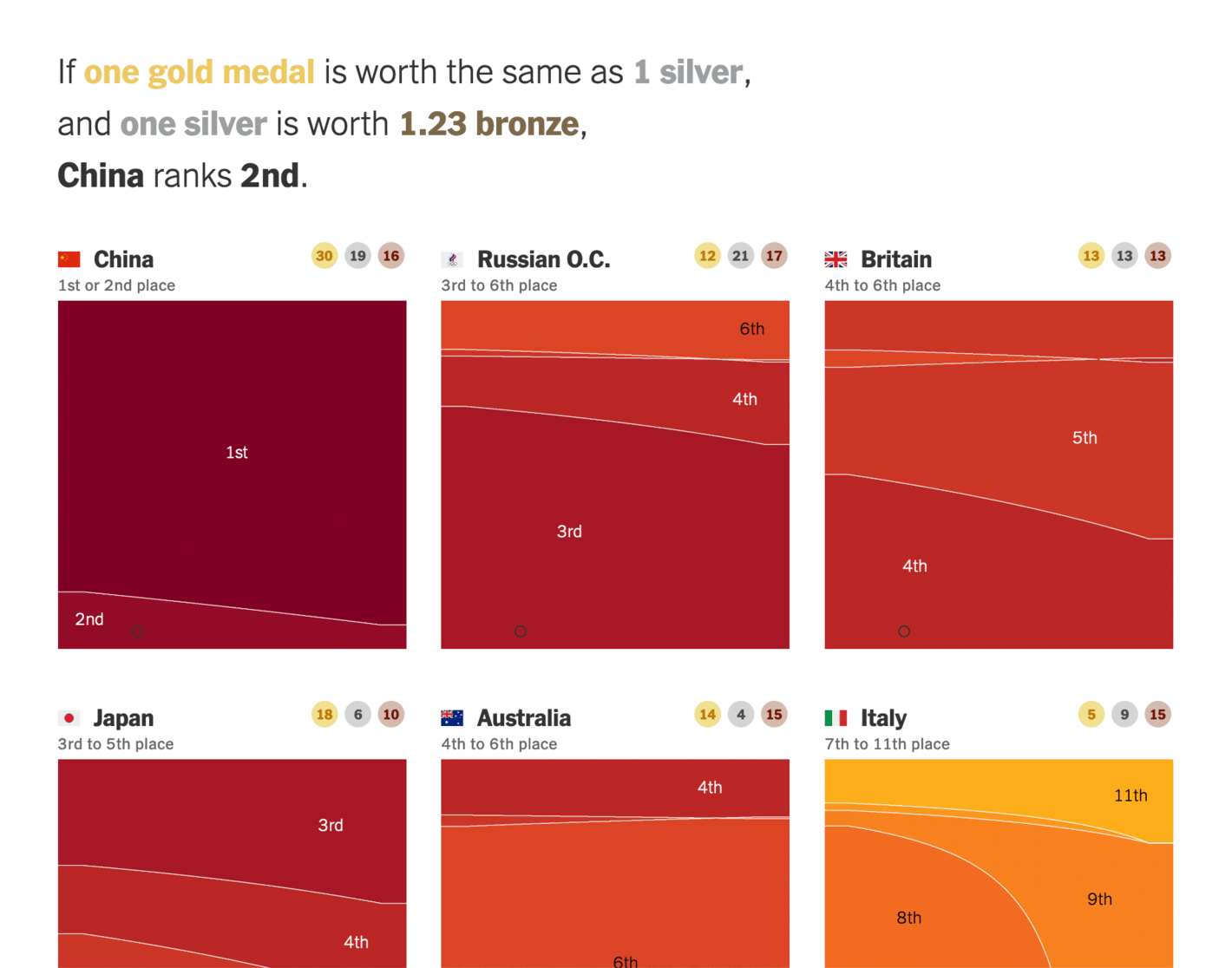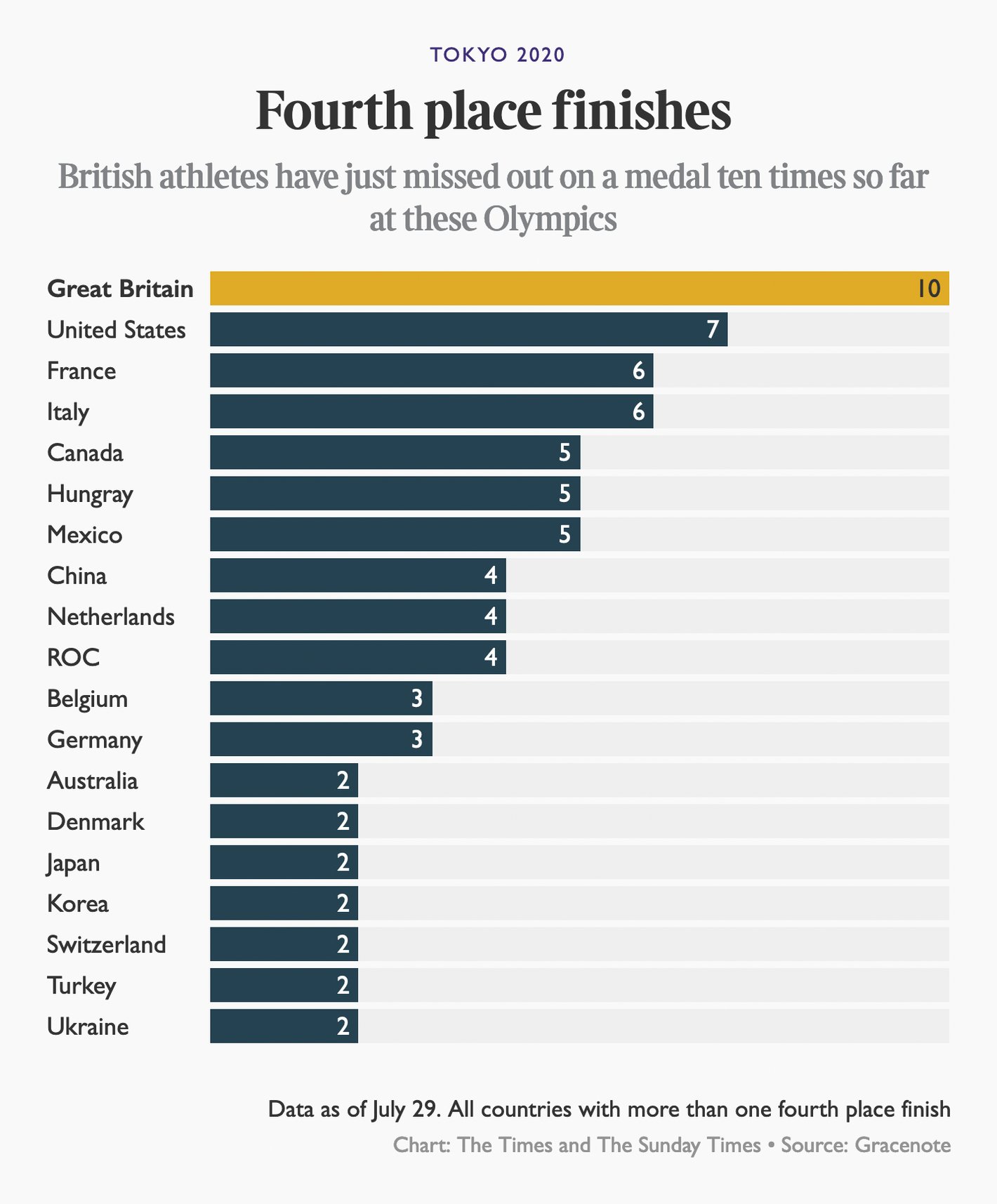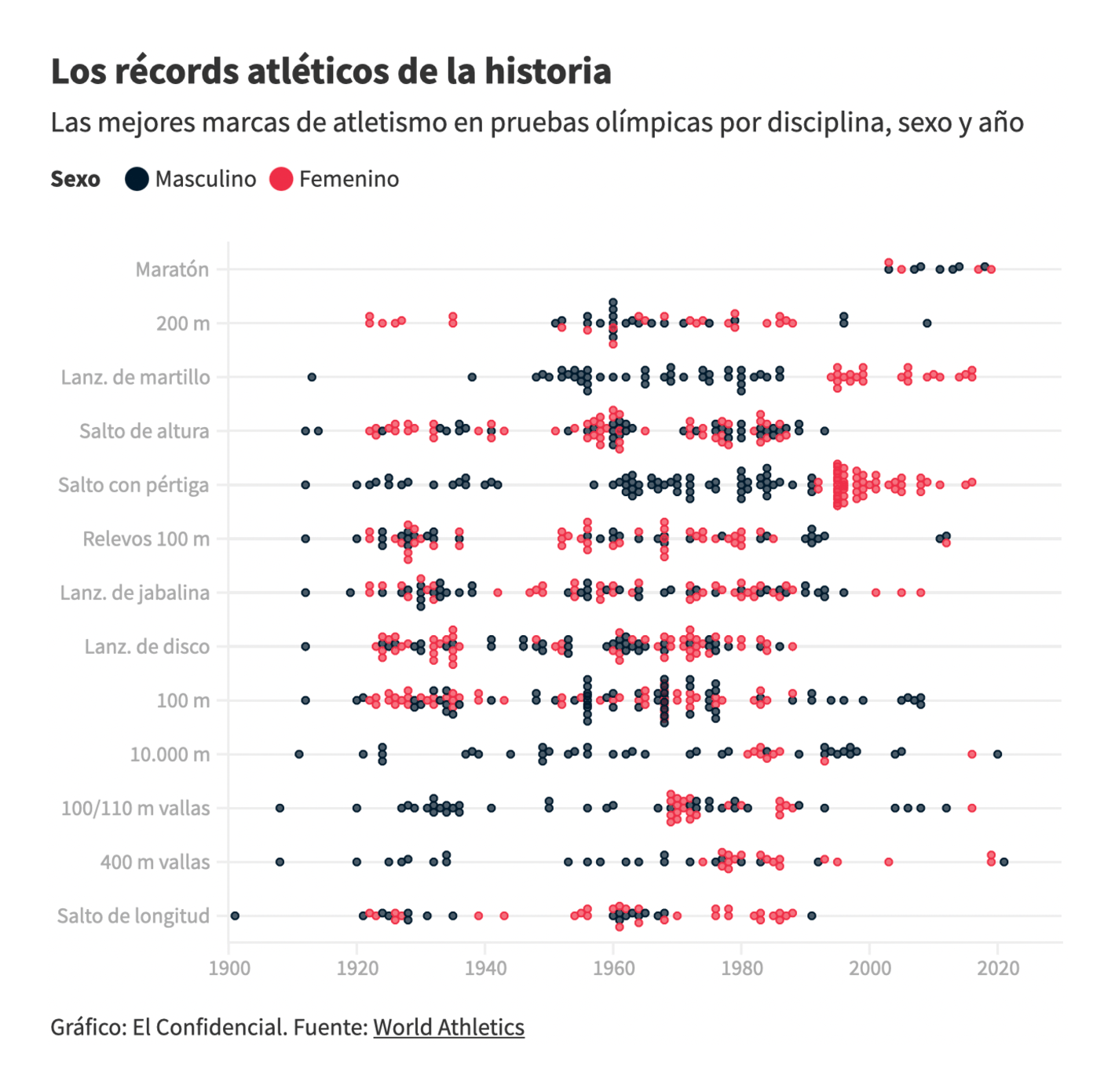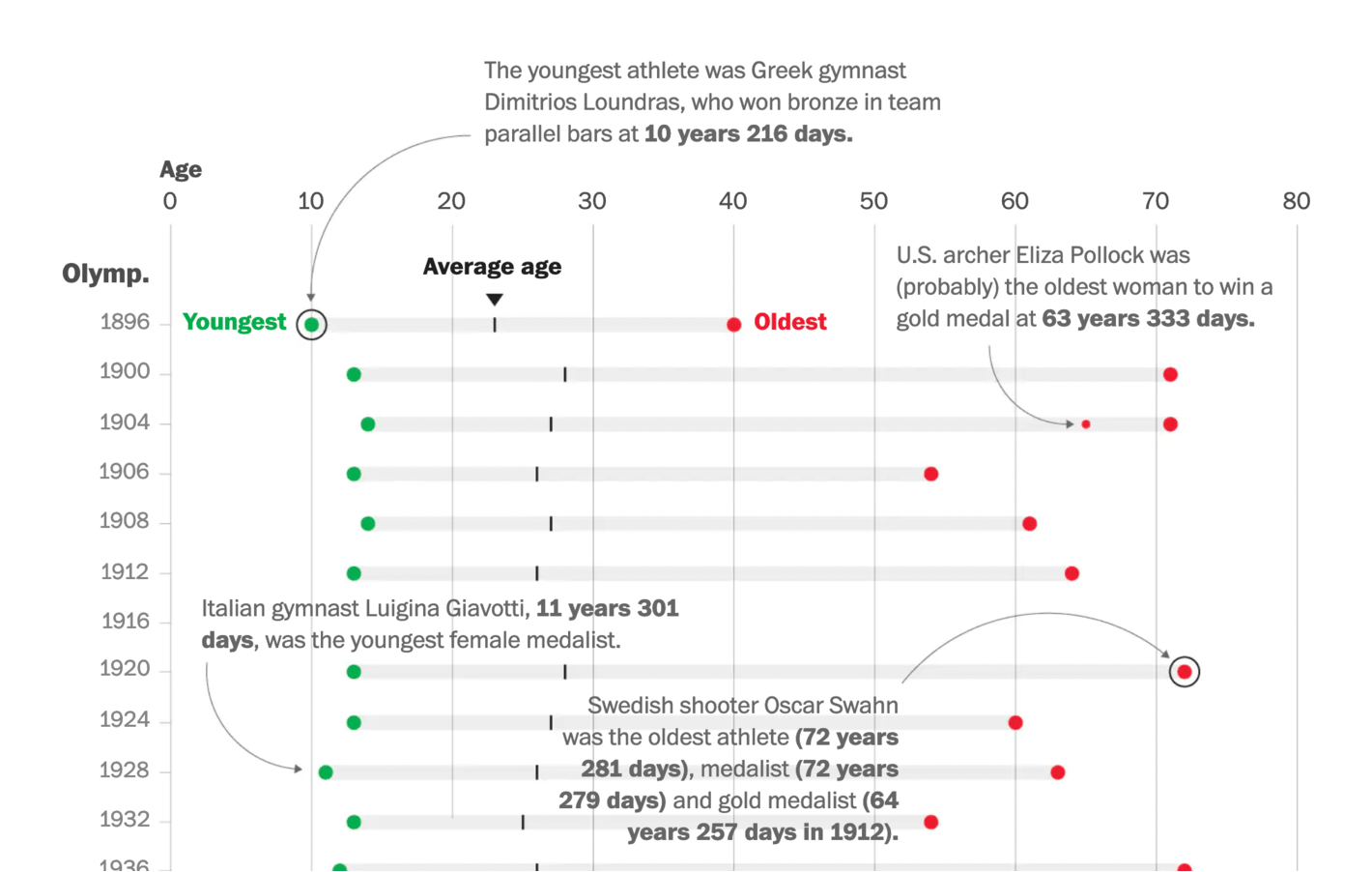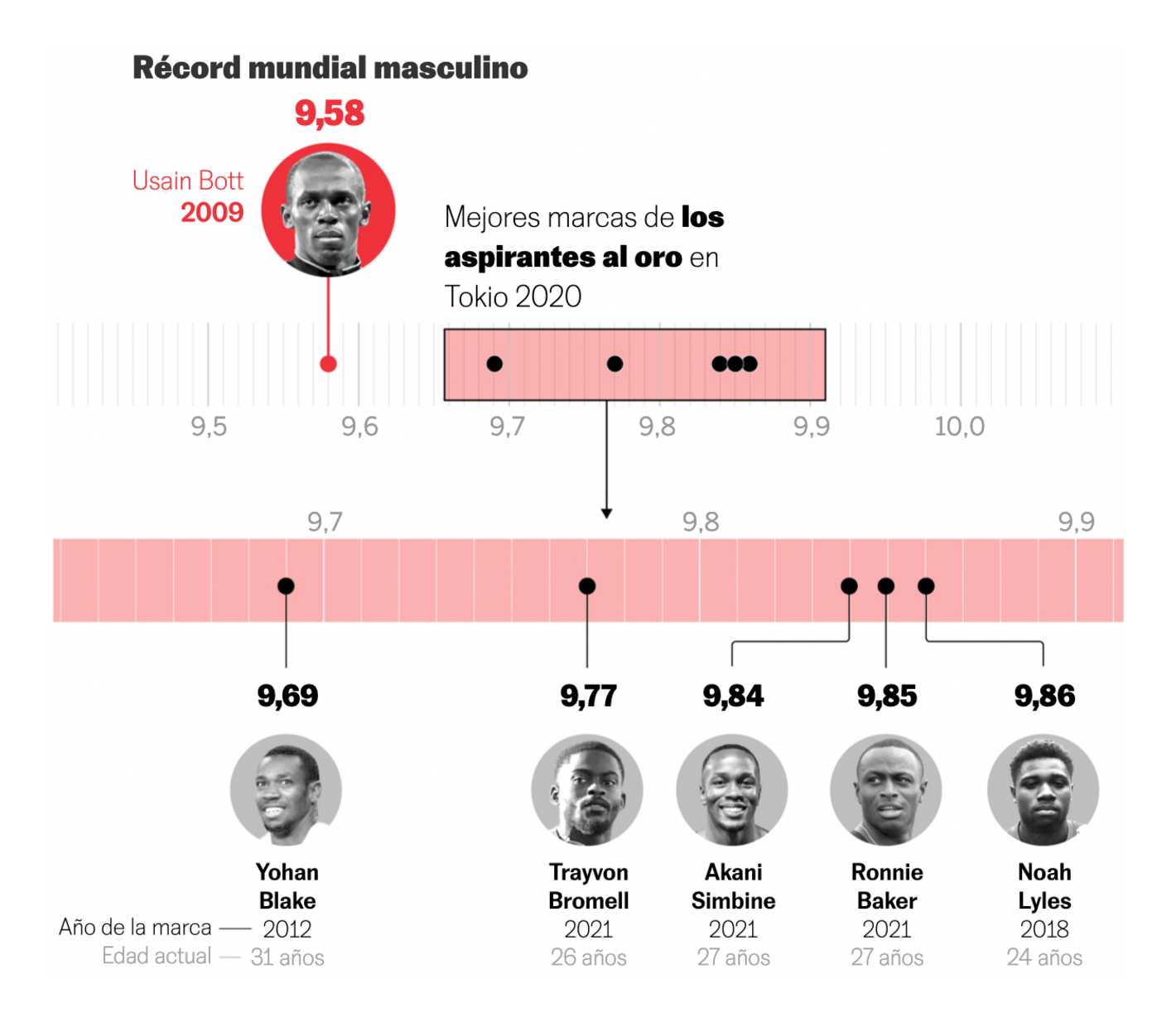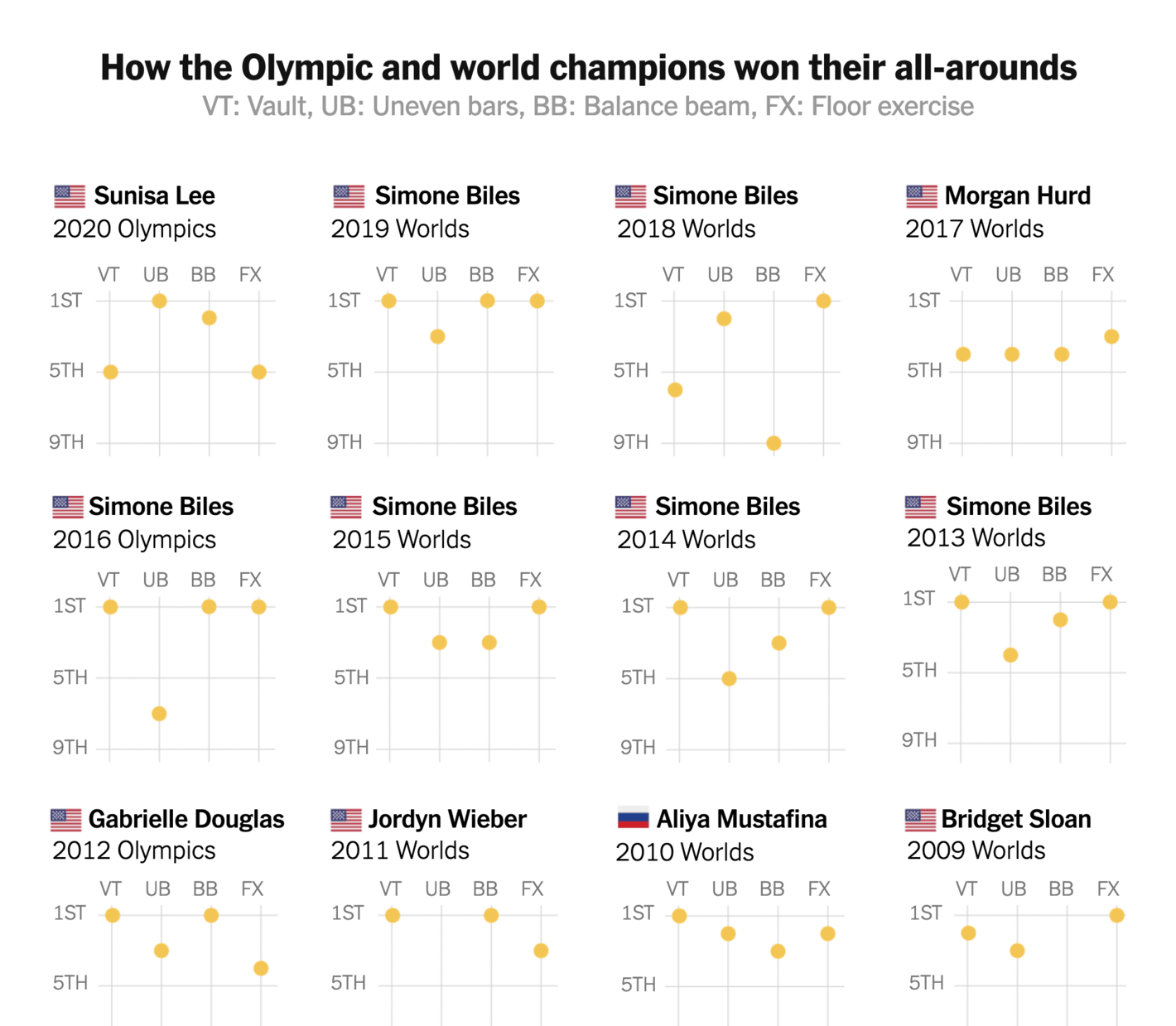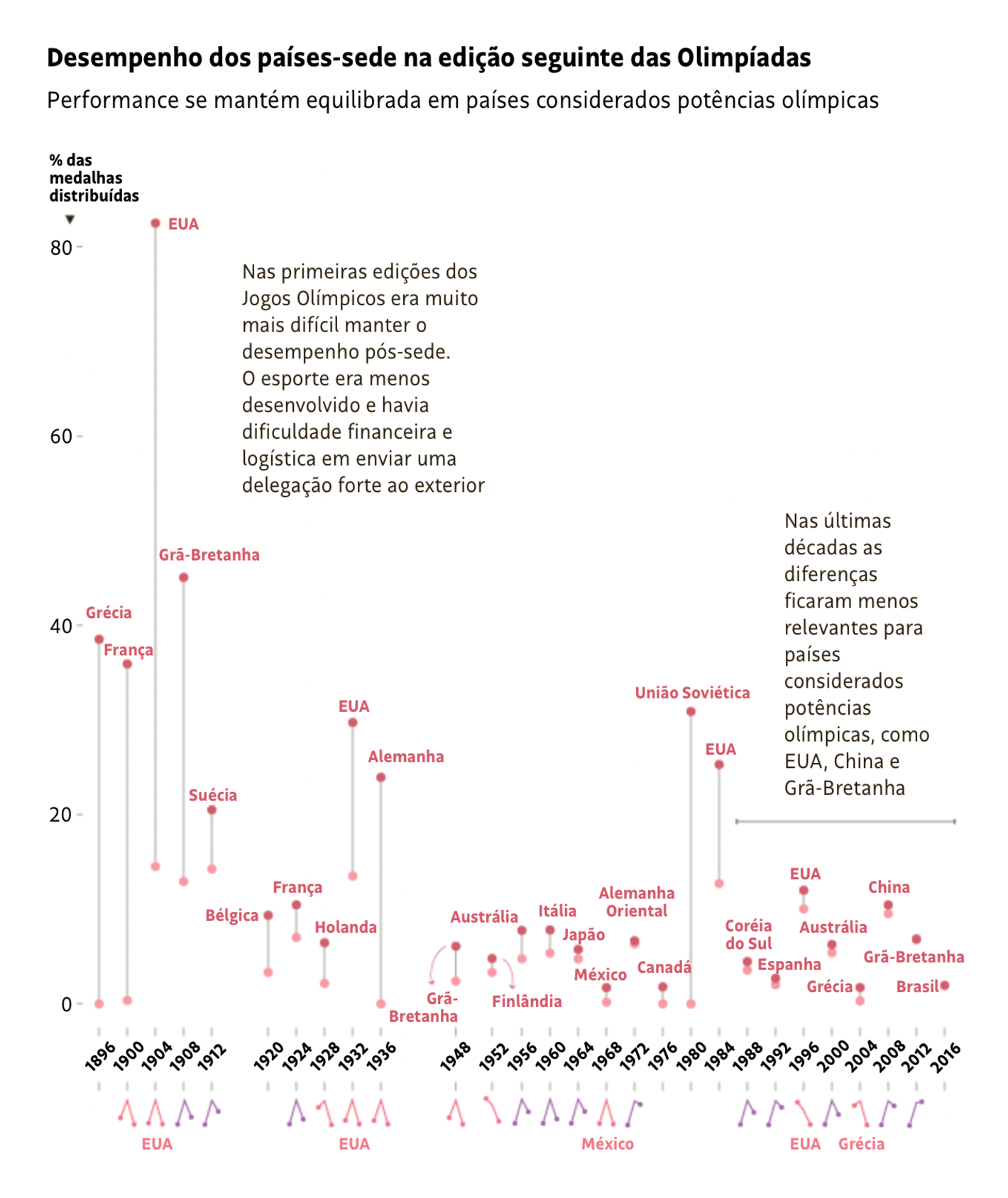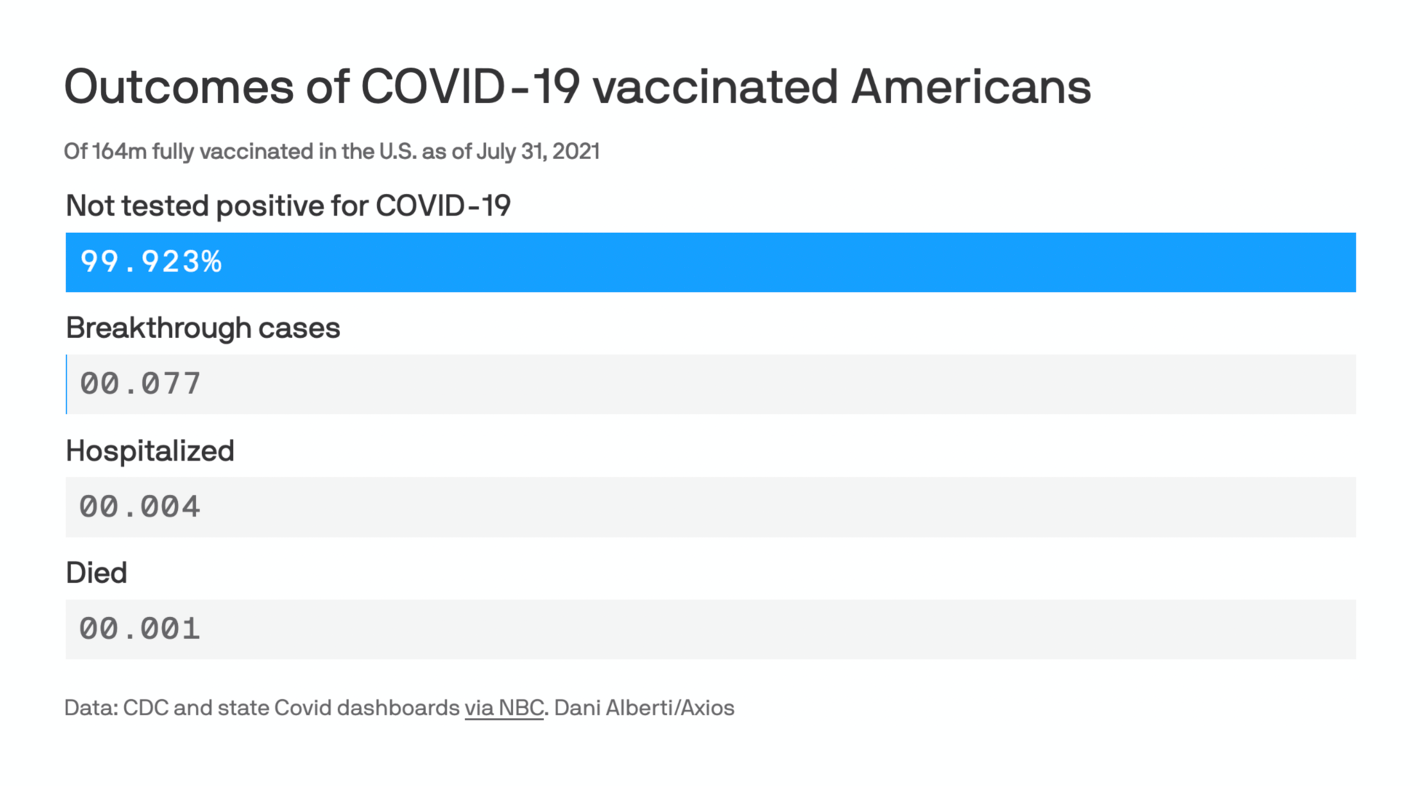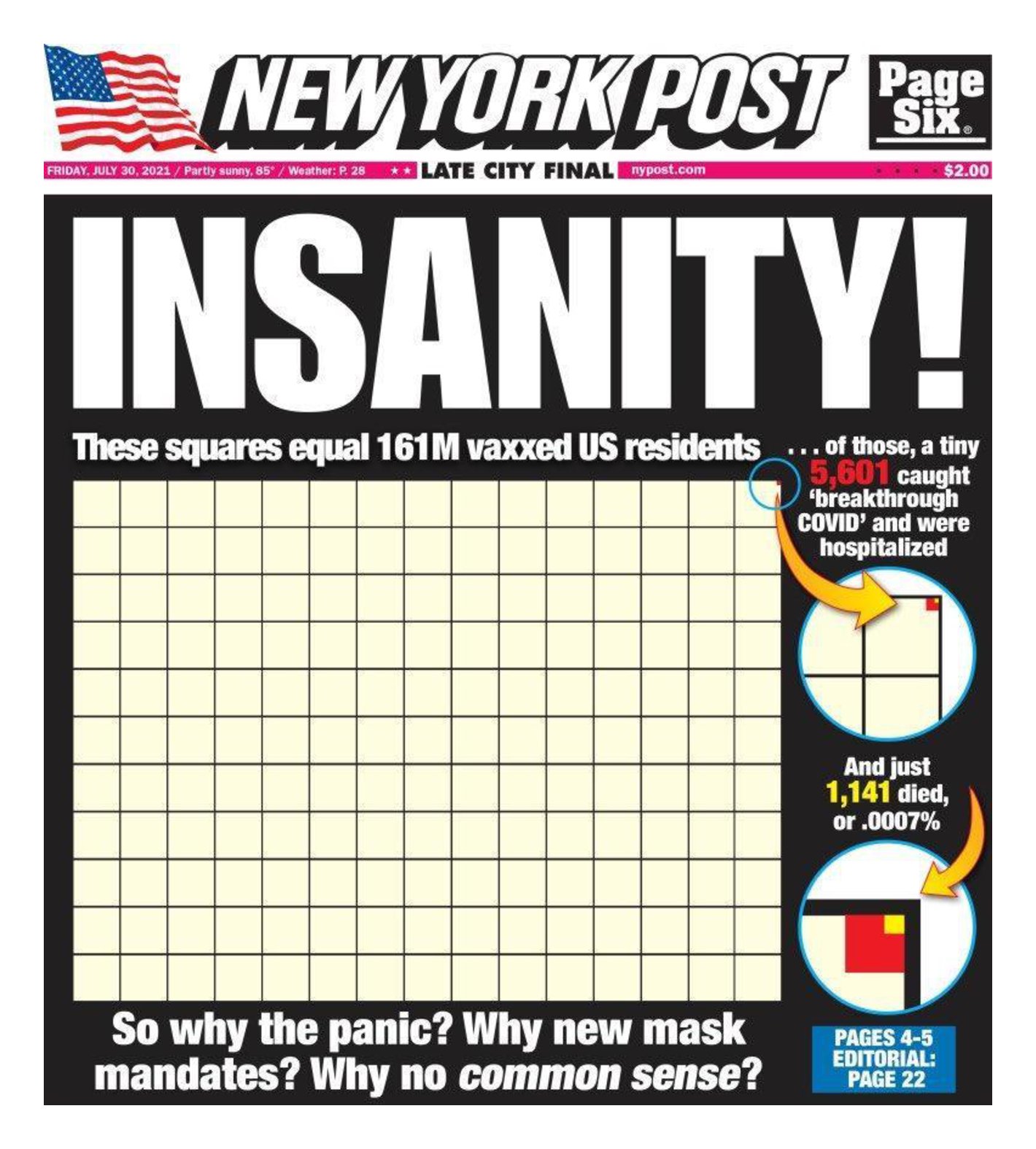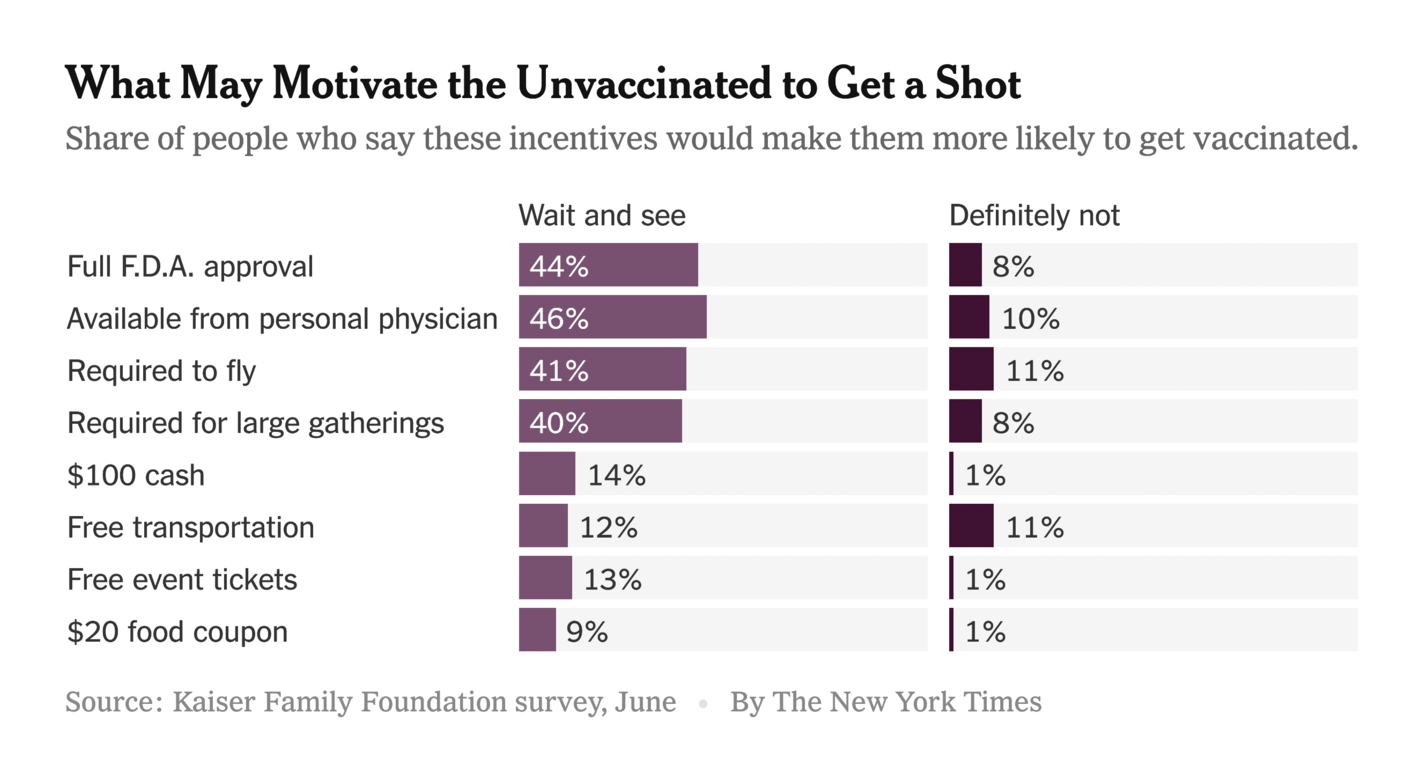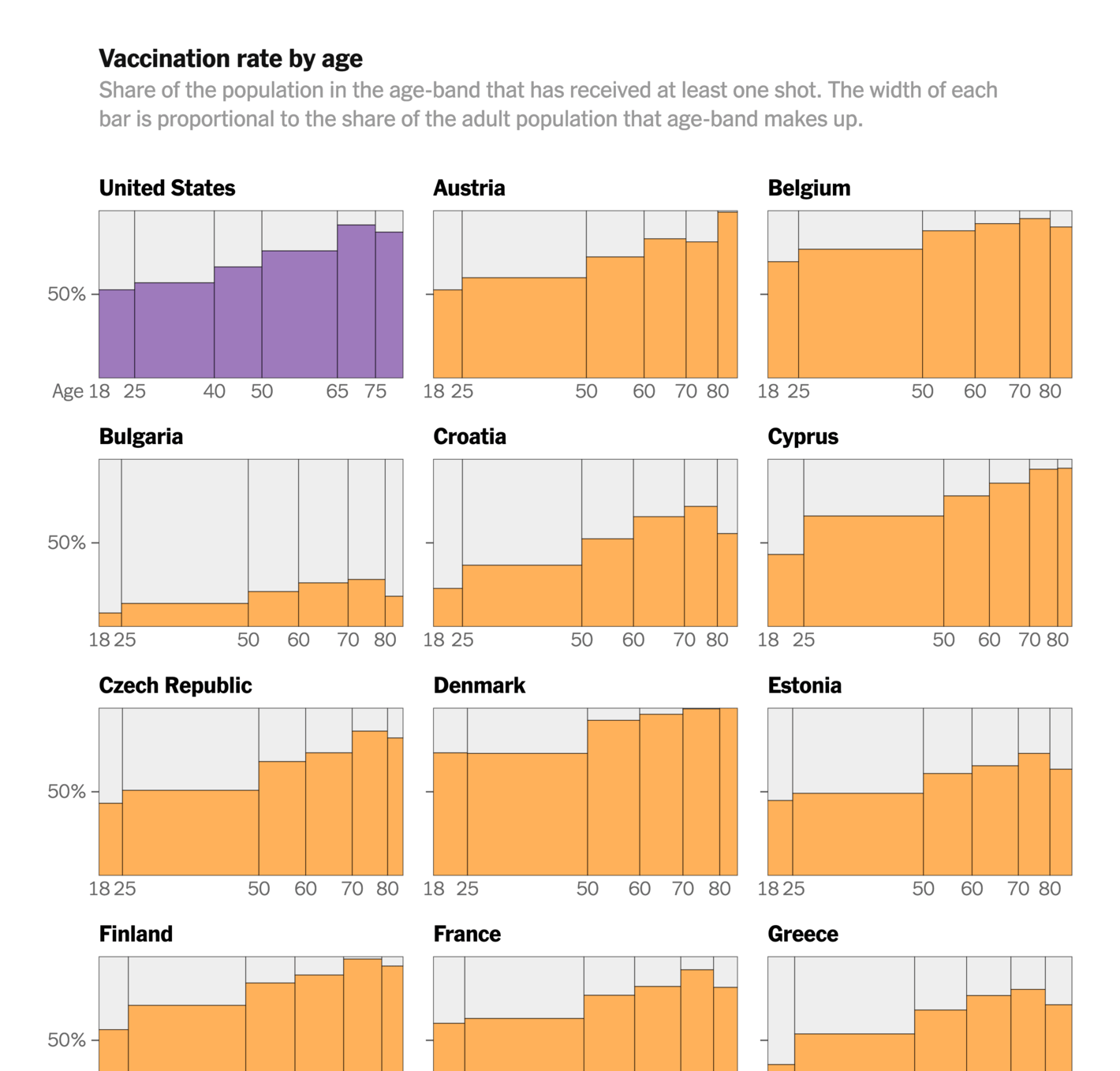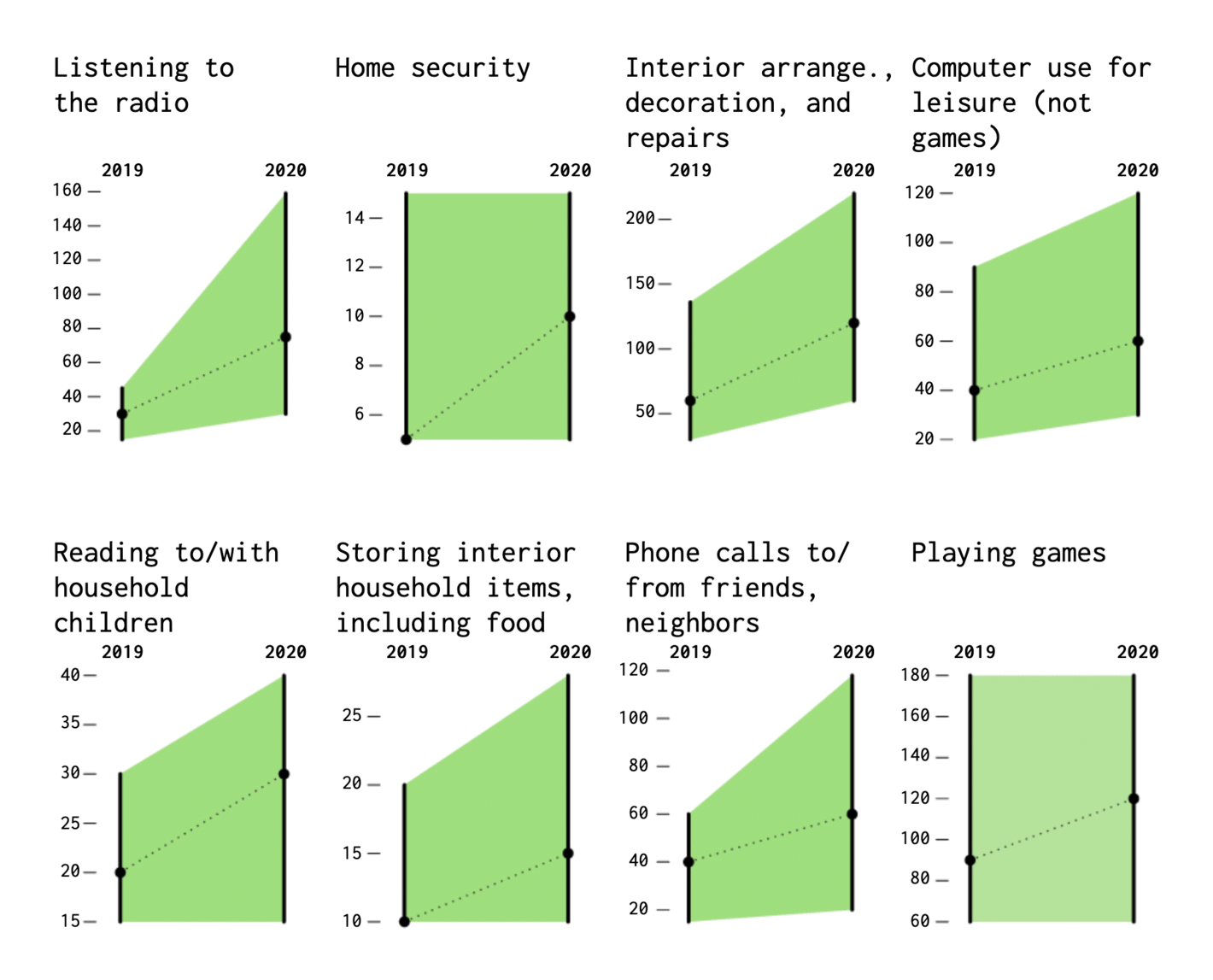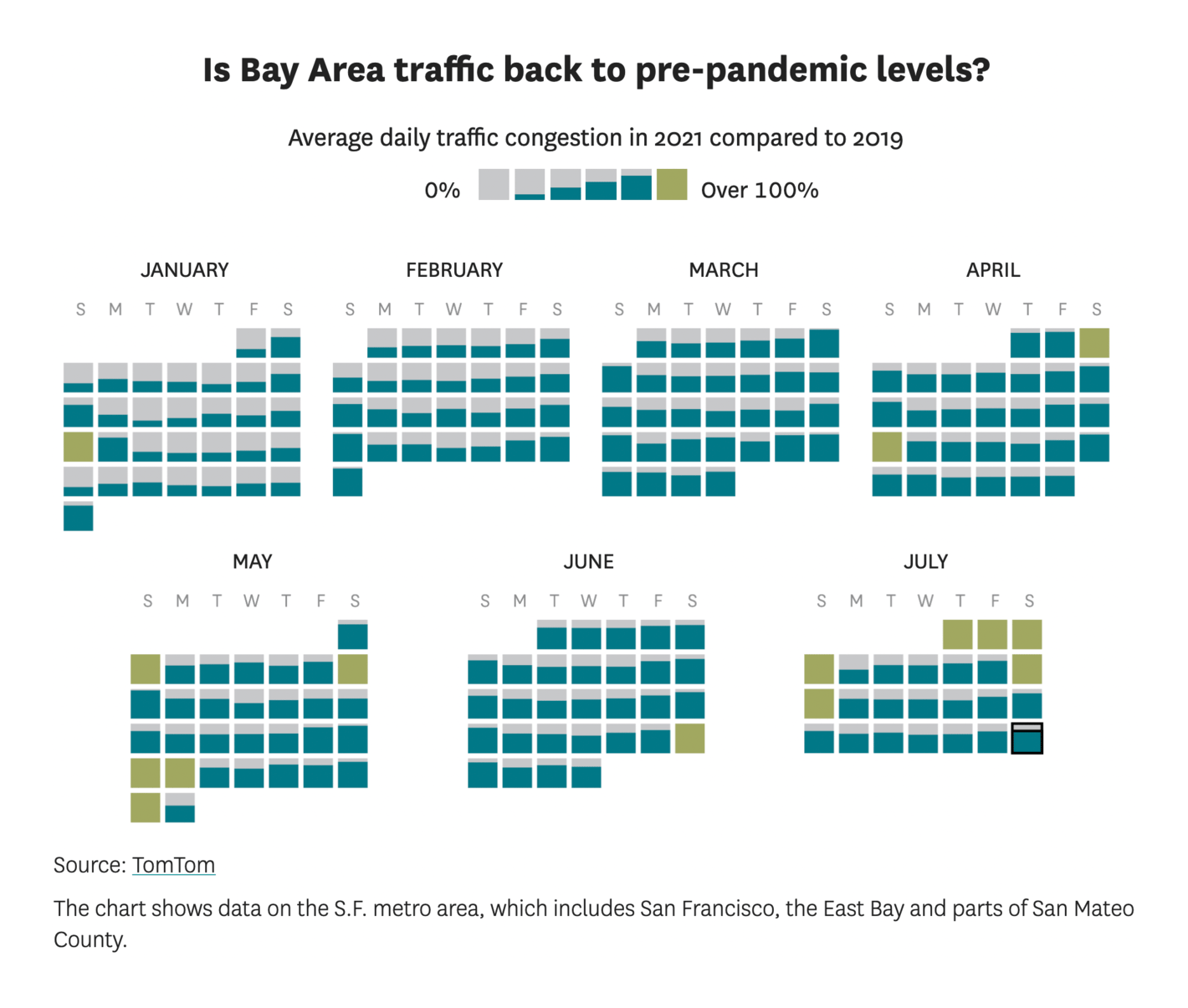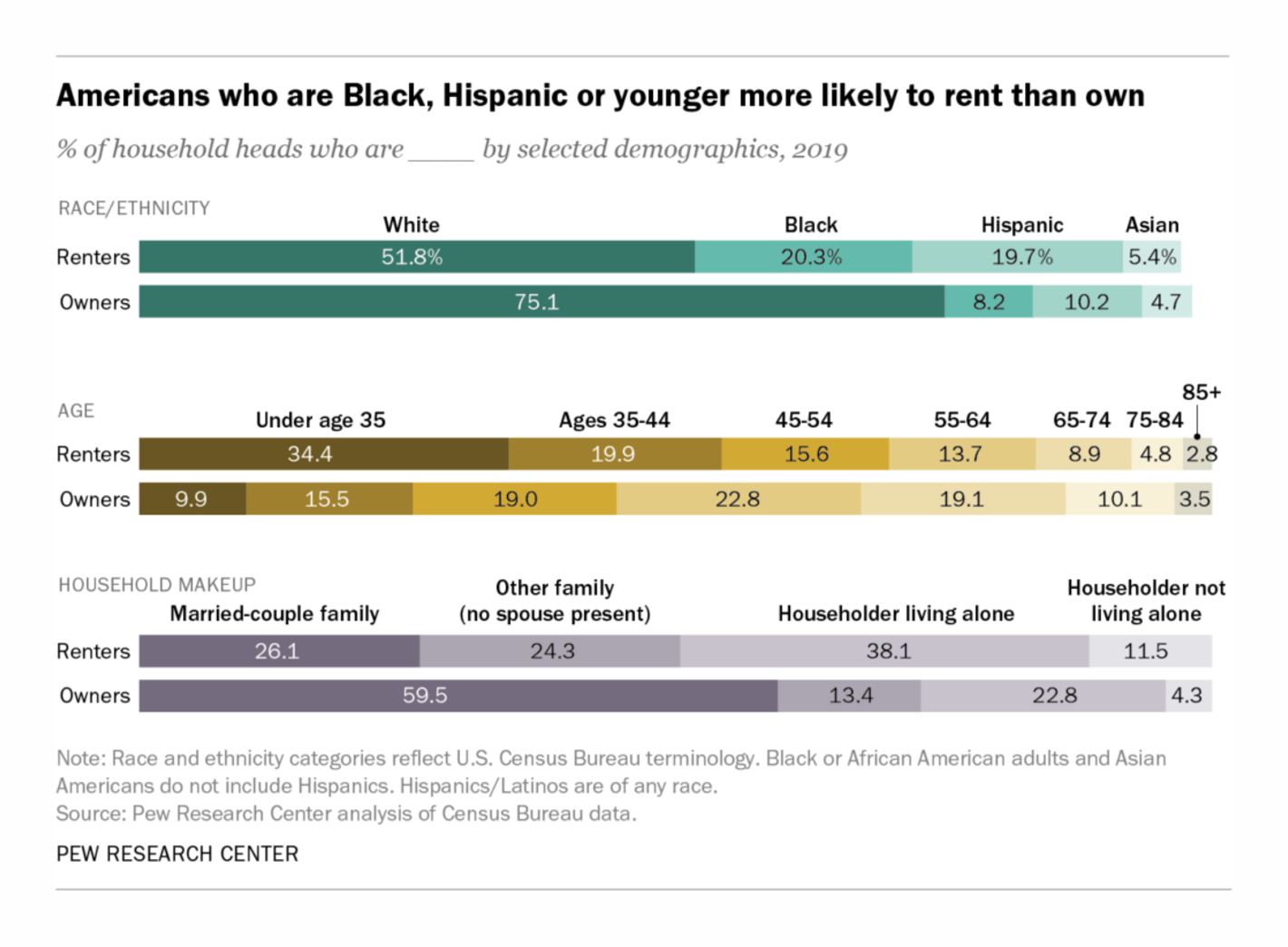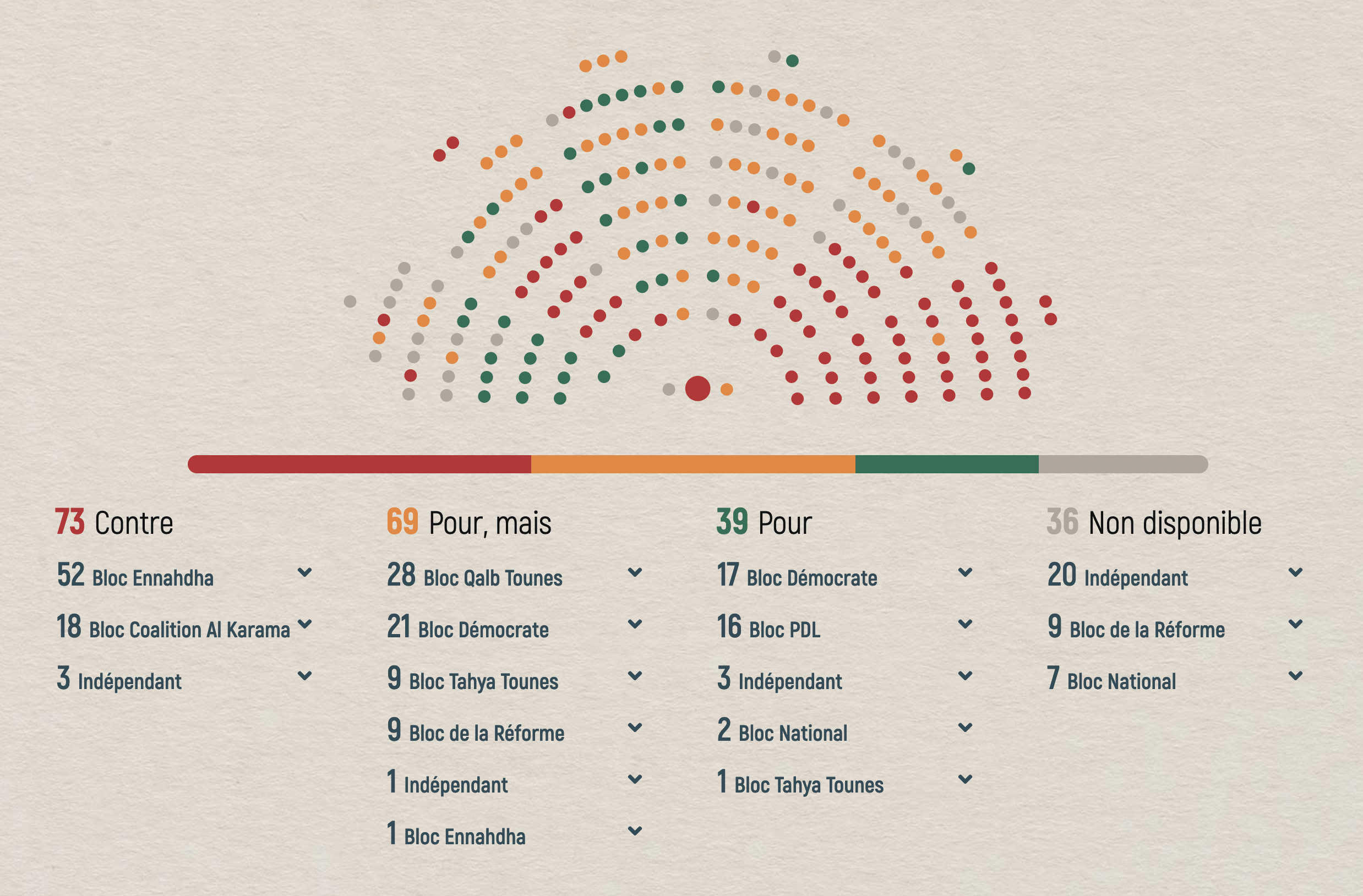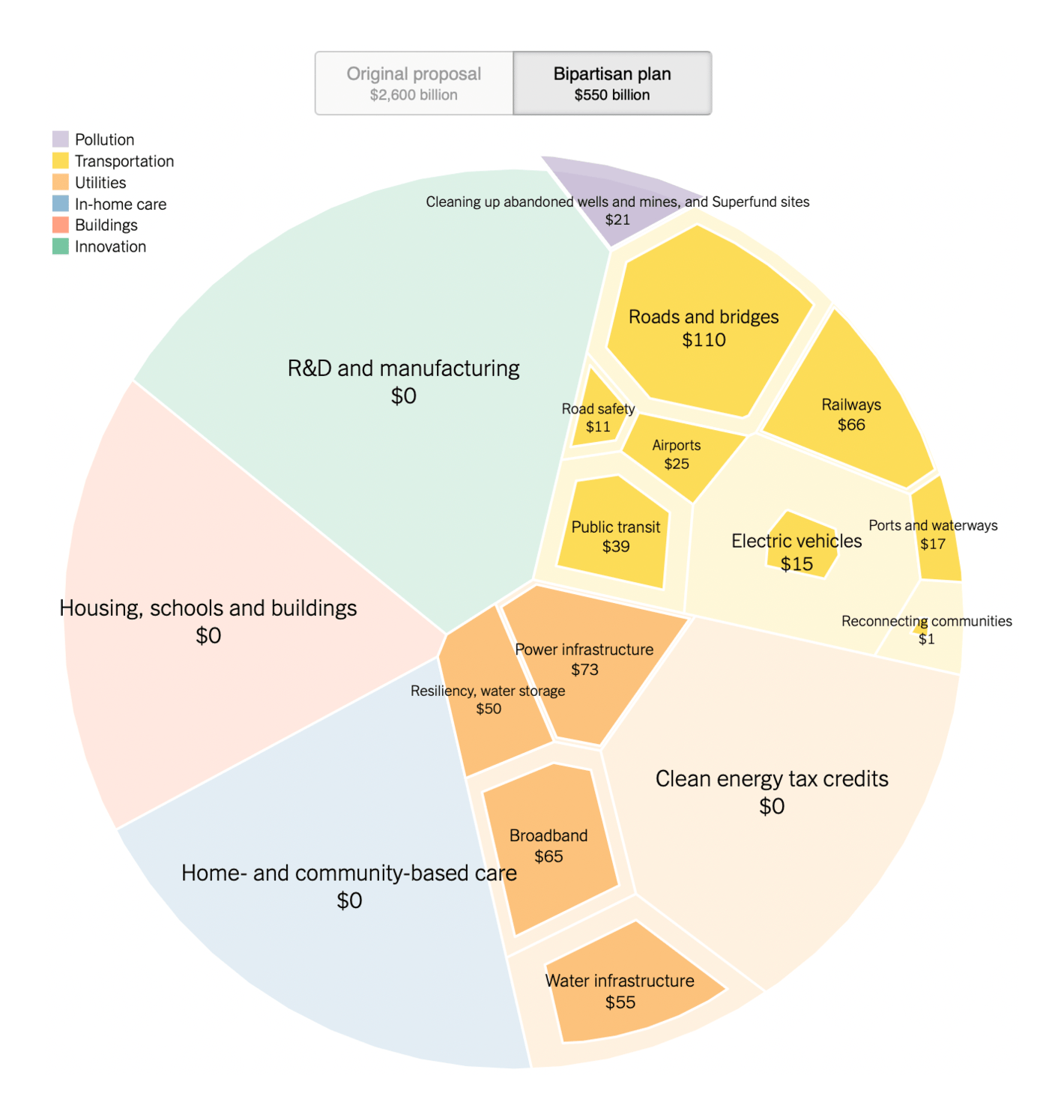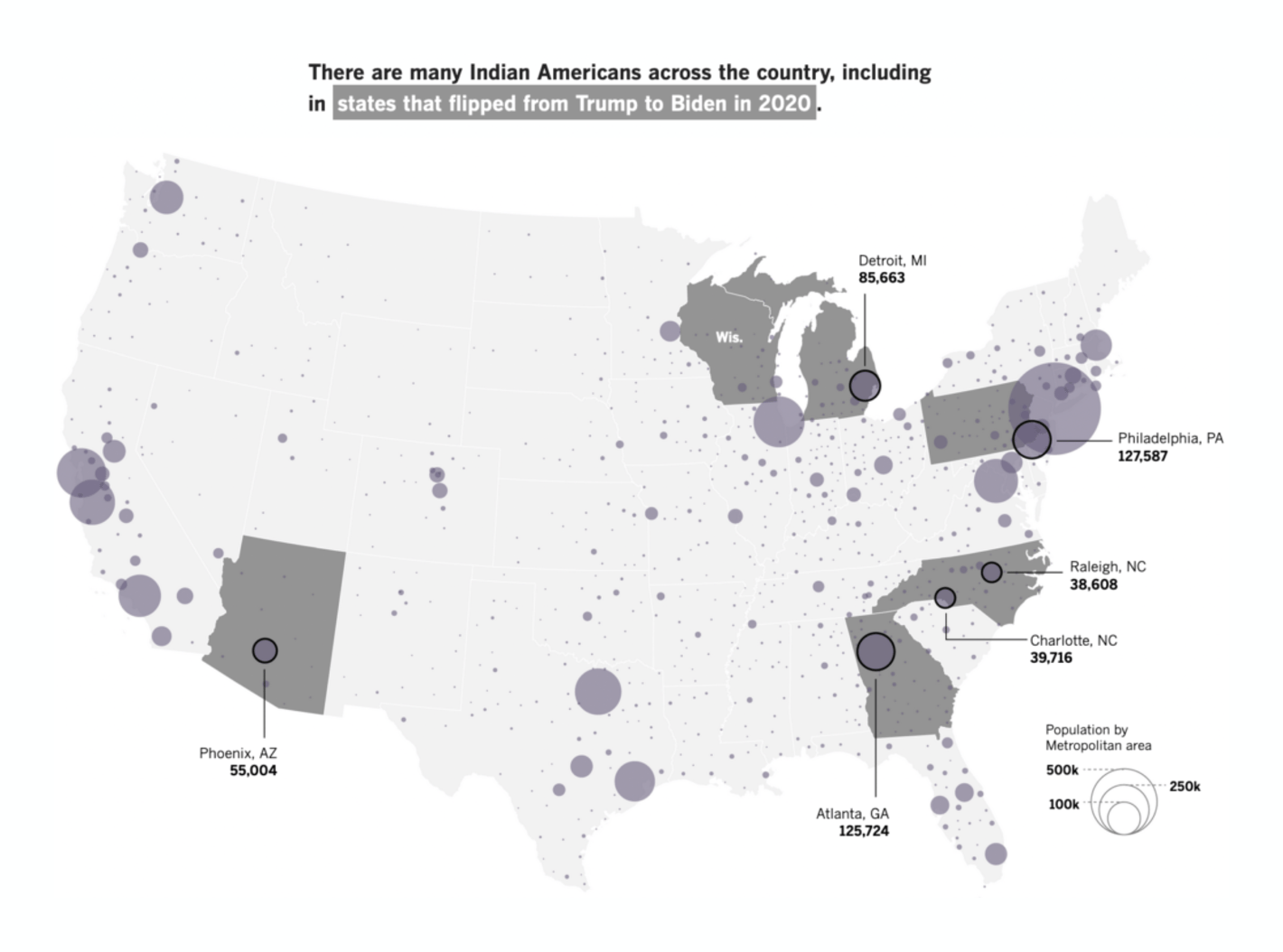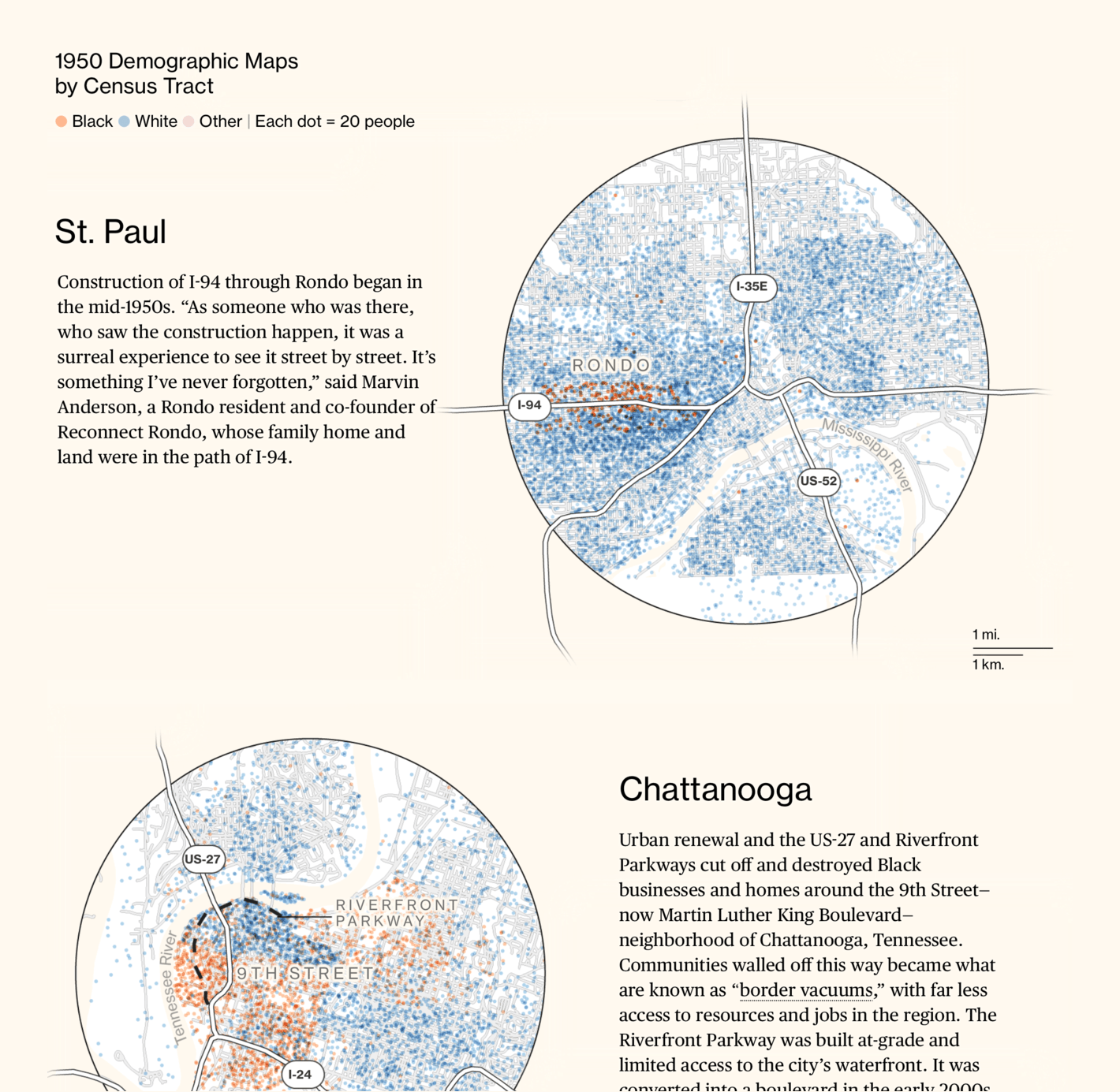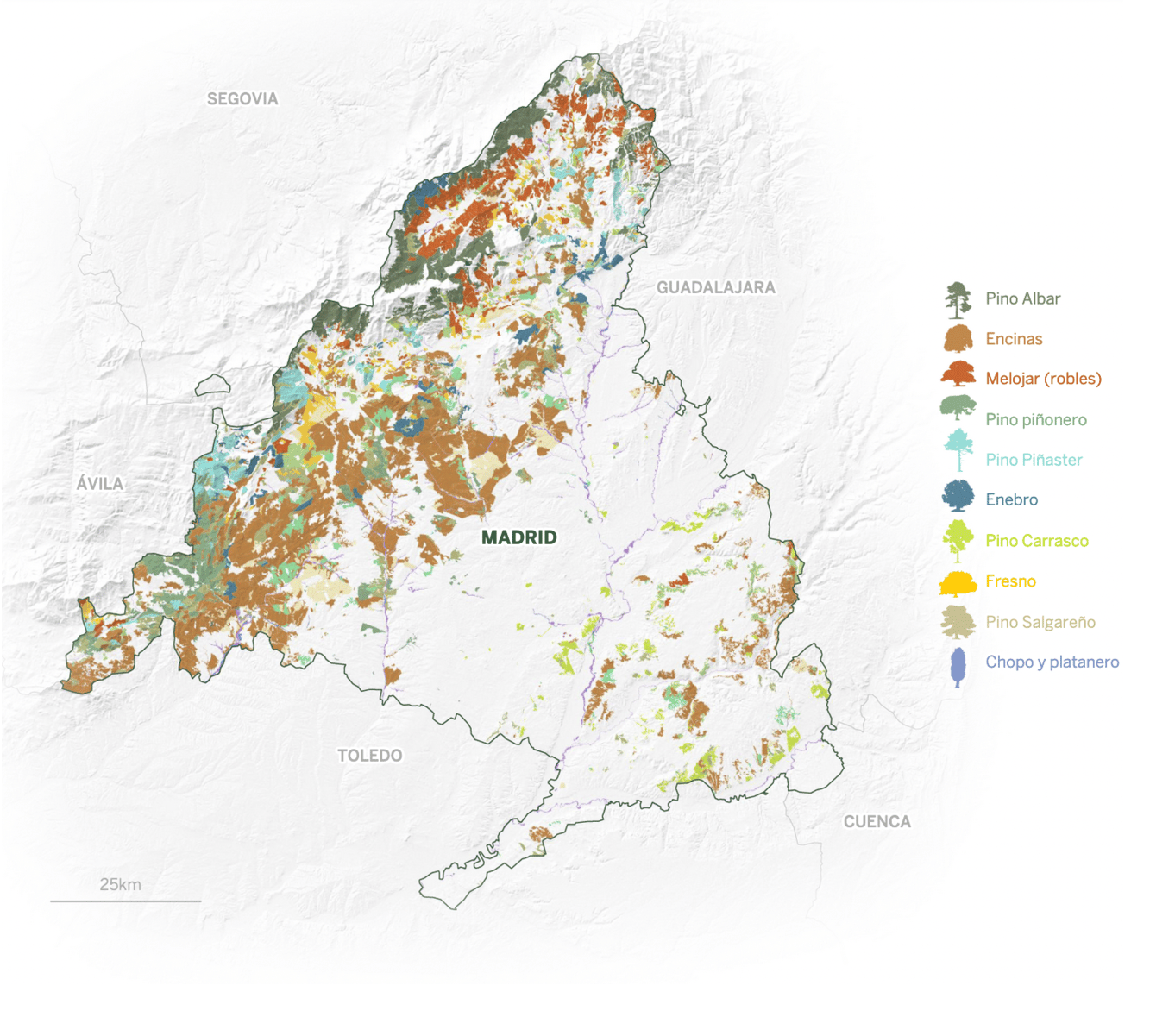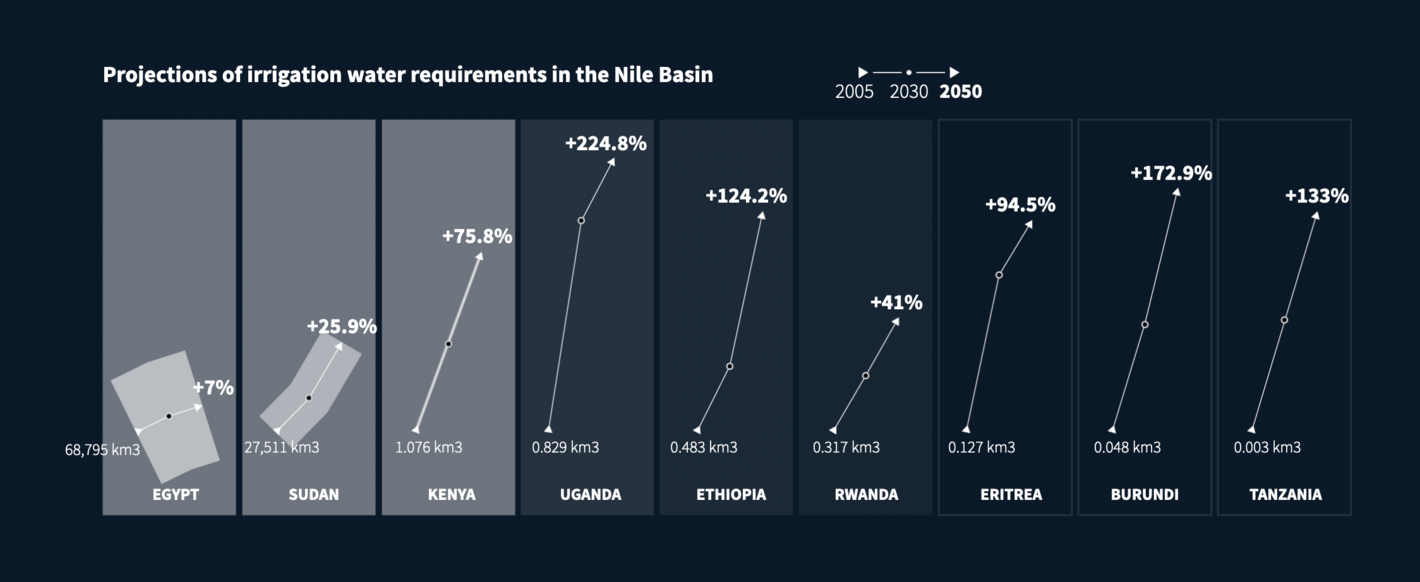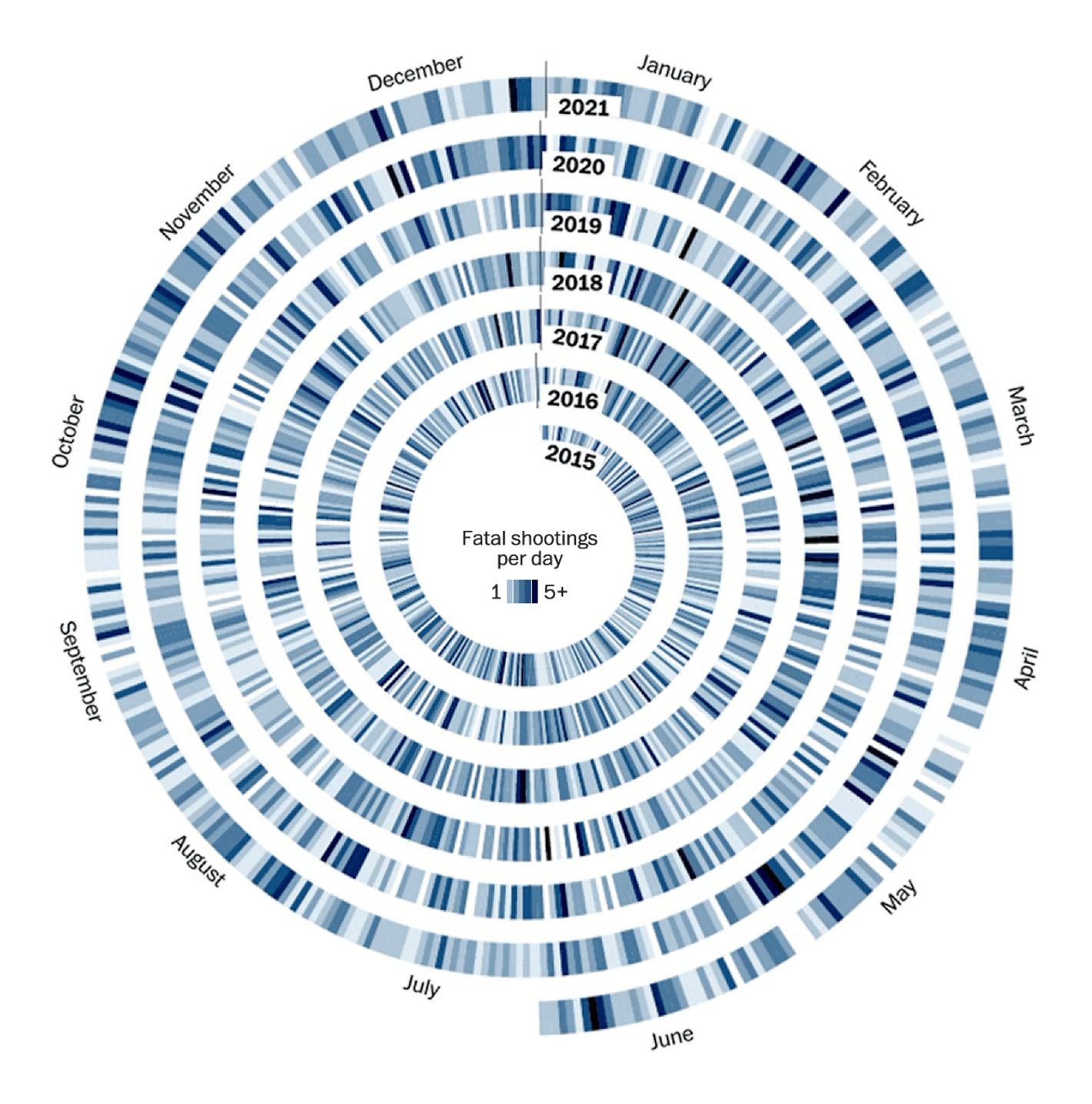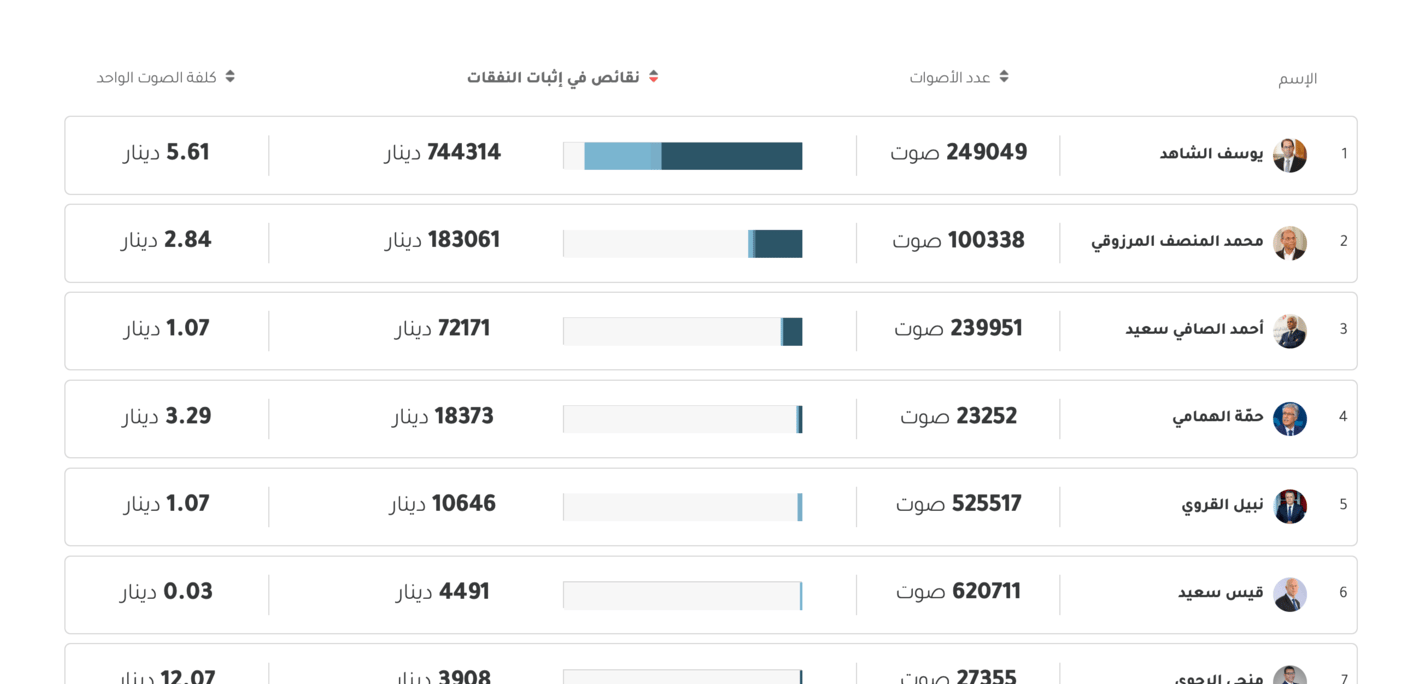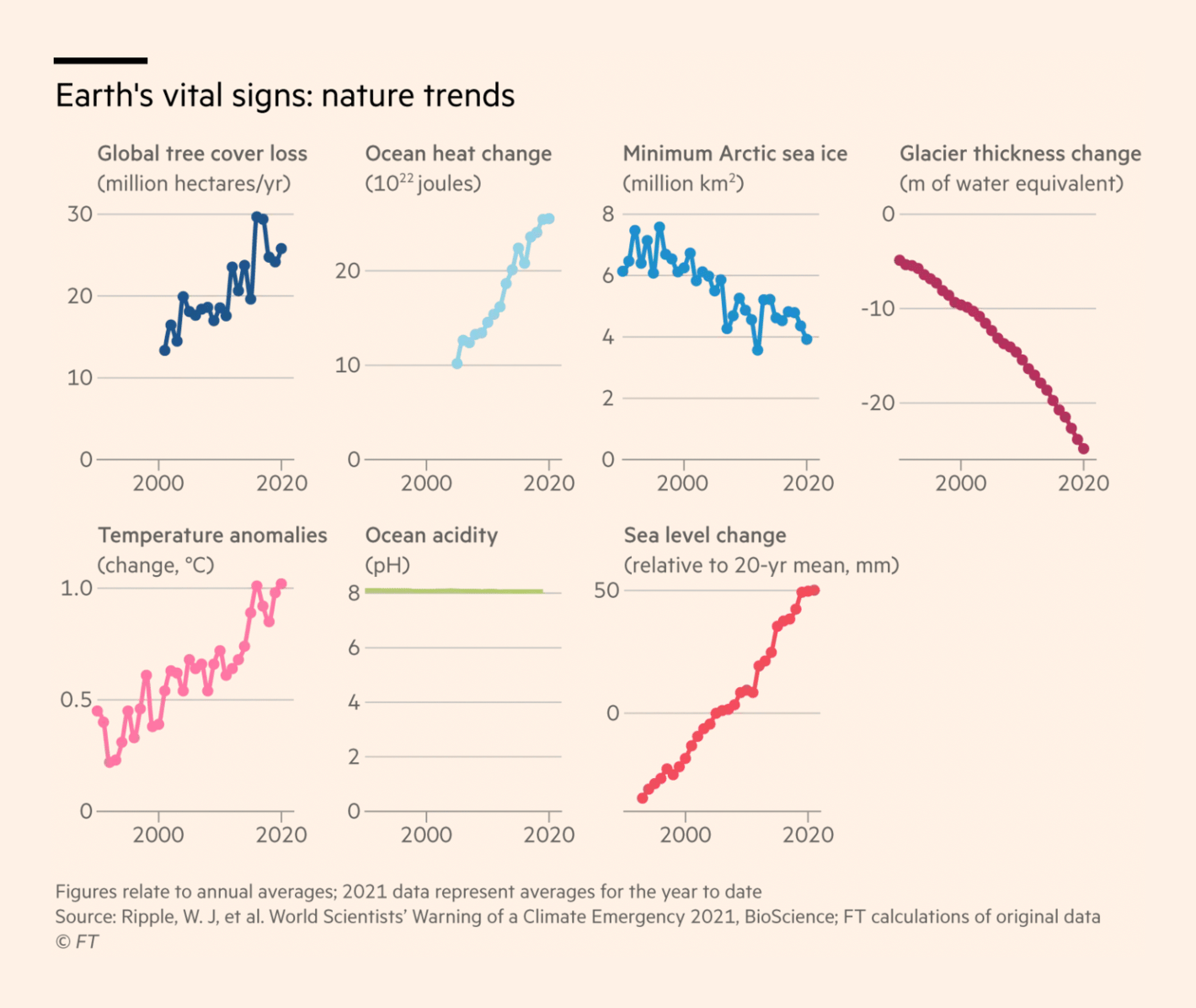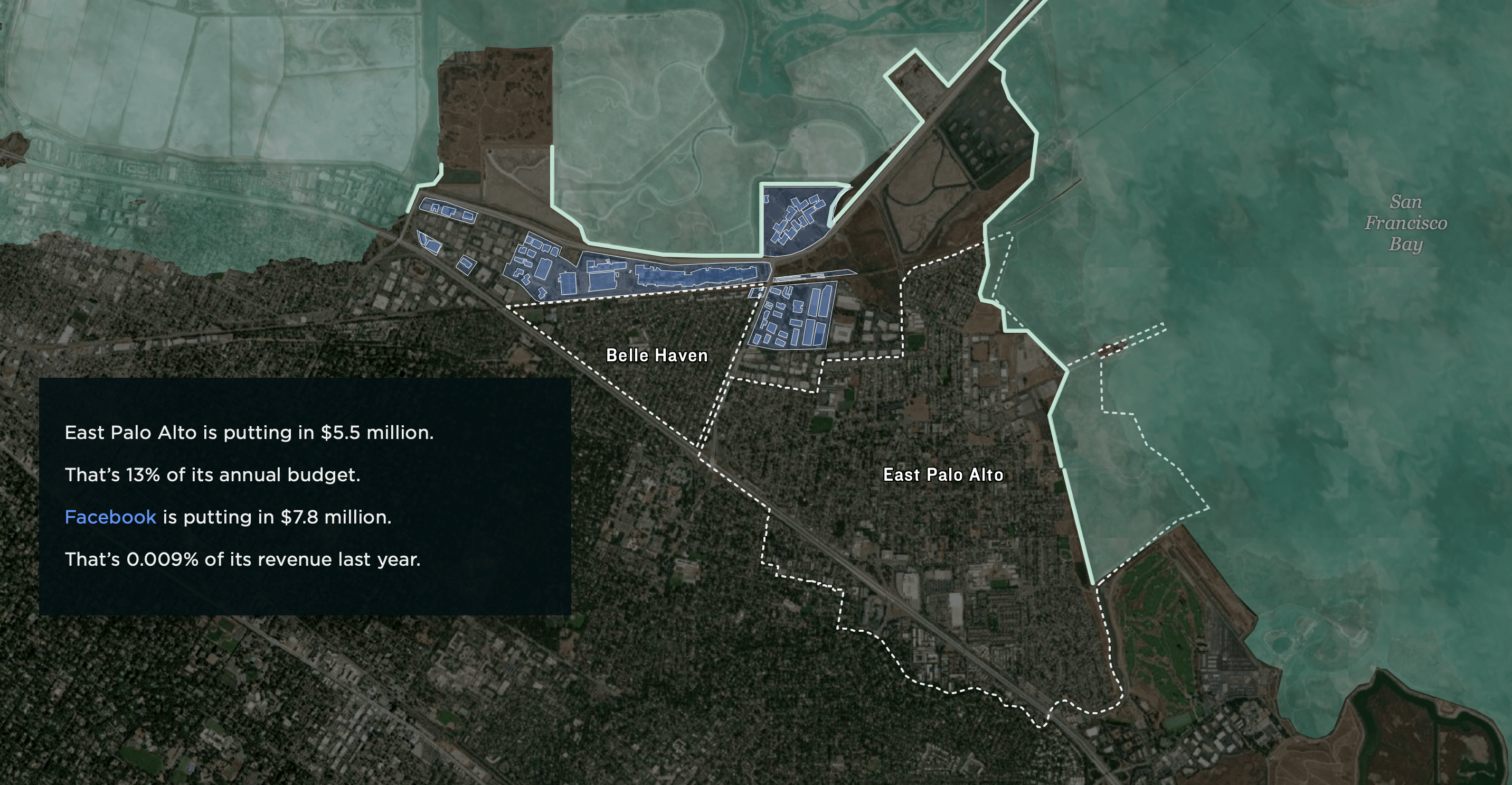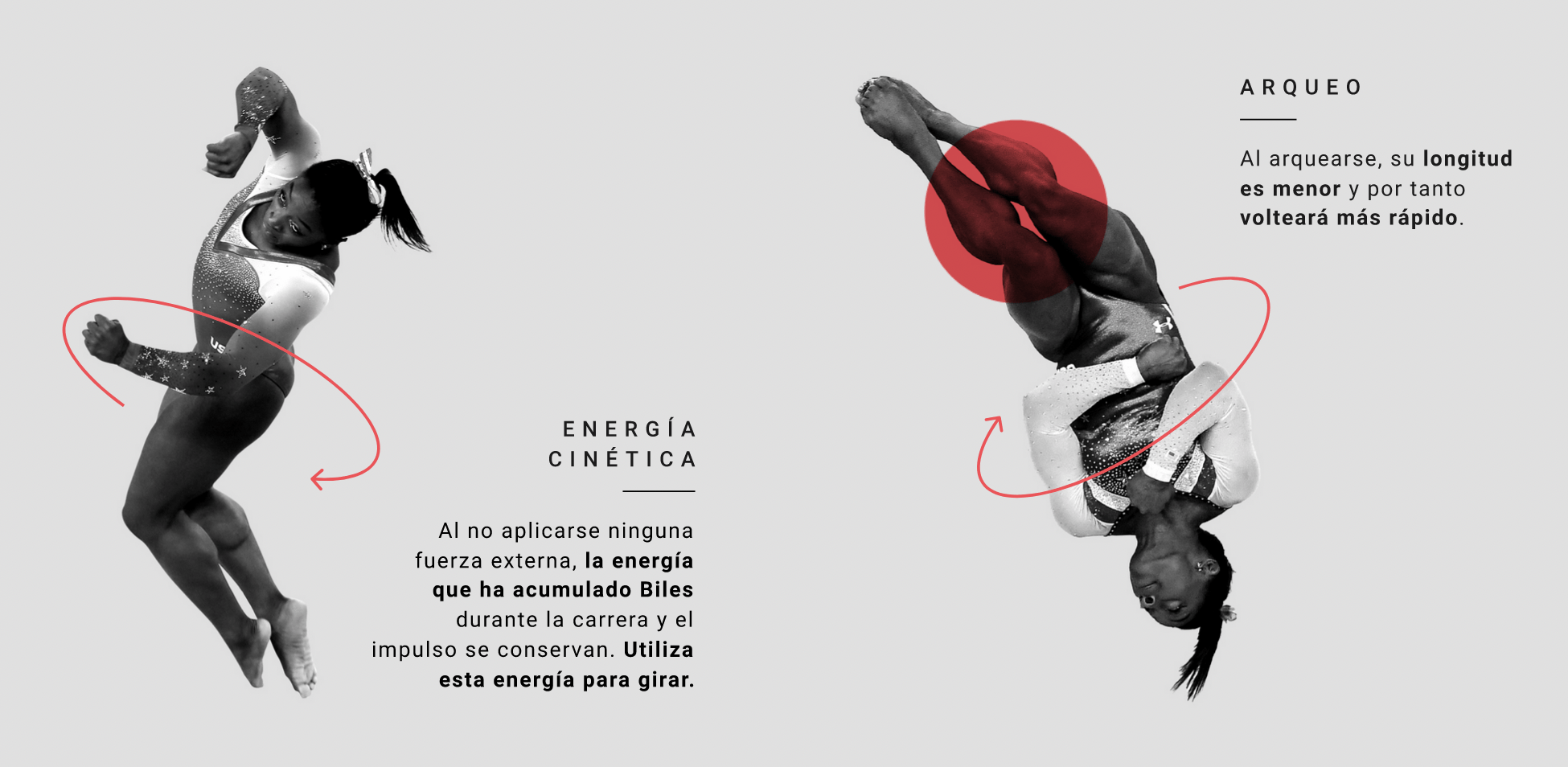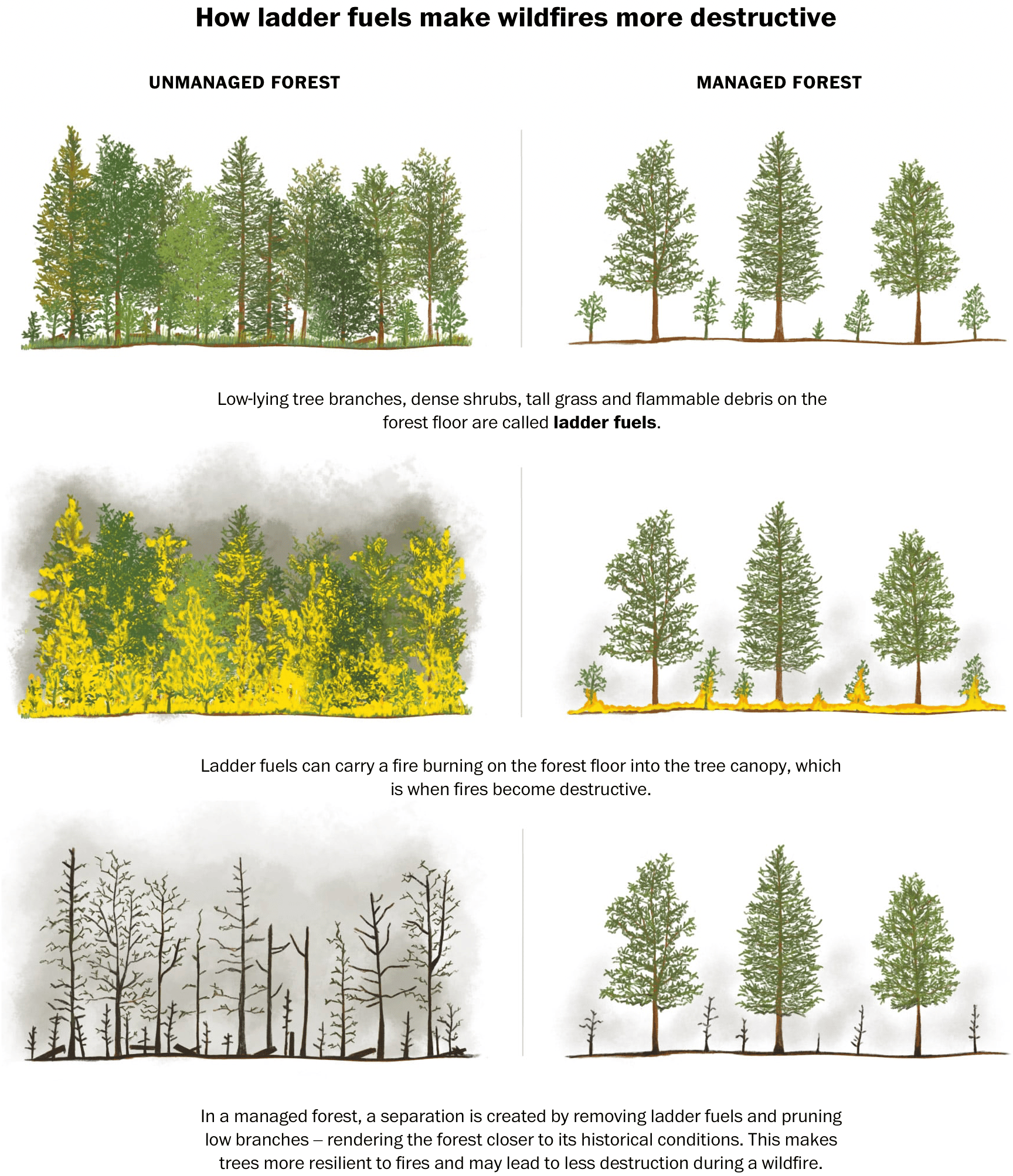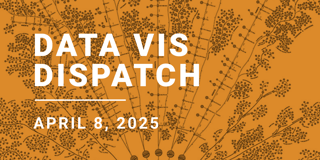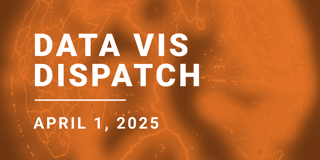The Olympics are still in full swing ! Although the competition is fierce, there's no one right way to count who's in the lead — especially if you're willing to get creative:
Axios: Olympics medal tracker The New York Times: Tokyo Olympics: Who Leads the Medal Count? The Times: Team GB leads the field at just missing out on a medal More Olympic records are sure to be broken (though a few are likely to stand the test of time):
El Confidencial: De Long a Warholm, más de un siglo de récords. ¿Cuántos se batirán en Tokio? El País: Los récords de atletismo más cerca de batirse en Tokio The Washington Post: Olympians are probably older — and younger — than you think These charts helped us slow down the 100-meter dash :
The New York Times: How the World’s Fastest Men Battled for Gold in 10 Seconds El País: Los 100m lisos, en busca de acabar con el reinado de los récords eternos And these charted personal triumphs and national hopes :
The New York Times: The Moves That Gave Sunisa Lee Olympic Gold The Washington Post: Katie Ledecky’s historic week, day by da Folha de S.Paulo: Após Rio-2016, Brasil tem trunfo para boa campanha em Tóquio-2020 Although athletes have mostly been spared, COVID is still spreading at the Games and around the world:
Bloomberg: Olympic Bubble Shields Athletes From Tokyo’s Rising Covid Cases Vaccinations are highly effective (and everyone is covering it):
Axios: Less than 0.1% of vaccinated Americans tested positive for COVID-19 New York Post: "INSANITY!," July 30 (Tweet Bloomberg: A $27 Billion Vaccine Is Not Pharma's New Normal ...but the shots only work if people are willing to get them :
The Economist: Which Americans are against the jab? The New York Times: Who Are the Unvaccinated in America? There’s No One Answer The New York Times: How Europe, After a Fumbling Start, Overtook the U.S. in Vaccination Bloomberg: New Vaccinations Are Rebounding in the U.S.’s Covid Hot Spots The pandemic changed how we spent our time :
Nathan Yau: How Much the Everyday Changes When You Are in a Pandemic San Francisco Chronicle: Traffic congestion is making a comeback in the Bay Area, but in a strange new way Though as relief measures end , there will be more shocks to come:
The Washington Post: A tsunami of deferred debt is about to hit homeowners no longer protected by a foreclosure moratorium The Washington Post: Evictions are about to restart as tenants wait on billions in unspent rental aid Pew Research Center: As national eviction ban expires, a look at who rents and who owns in the U.S. Political charts this week offered us the big picture — constitutional crisis in Tunisia, polarization in Switzerland, and the value of a vote in Germany:
Inkyfada: Suivez l'évolution de la position des député·es concernant la décision de Kaïs Saied Neue Zürcher Zeitung: In der Pandemie ist der Stadt-Land-Graben so gross wie in den letzten 40 Jahren nicht CORRECTIV: Warum soll ich wählen gehen? But we also got the political nitty-gritty , with charts on the US infrastructure bill, Indian-Americans in politics, and one Indian-American in particular:
The New York Times: The Infrastructure Plan: What’s In and What’s Out Los Angeles Times: The rise of the Indian American candidate Los Angeles Times: What does America think of Kamala Harris? Maps this week focused on cities and infrastructure :
Bloomberg: What It Looks Like to Reconnect Black Communities Torn Apart by Highways El País: Los bosques de Madrid: desde el pinar de alta montaña a la dehesa mediterránea sin salir de la comunidad The Guardian: Conditions that led to 2011 riots still exist today, experts warn The Economist: An Inca highway still benefits people living nearby Reuters: Power struggle And charts explored crime, corruption, and transparency :
The Washington Post: Police shootings continue daily, despite a pandemic, protests and pushes for reform The Financial Times: Ransomware attacks rise despite US call for clampdown on cybercriminals Le Monde: Dans les Balkans, les gangs au cœur d’un système d’Etat Tweet Inkyfada: رئاسية 2019 : بيانات مصورة تفاعلية عن تأثير المعايير المالية والدعائية على عدد الأصوات Finally, we saw health, happiness , and how the British are trying to get there:
Kontinentalist: Hepatitis C is Asia’s silent emergency Nathan Yau: Counting Happiness and Where it Comes From The Times: Drunk nation: why do British people drink so much? But no week goes by without charts on the climate crisis :
The Washington Post: Beyond human endurance Financial Times: Planetary ‘vital signs’ show extent of climate stress — and some hope And the floods and fires that come with it:
NPR: Who Will Pay To Protect Tech Giants From Rising Seas? Reuters: "Over the last 6 days, wildfires have ravaged coastal towns in Turkey, fanned by temperatures above 40°C/104°F, strong winds and low humidity. Data from @CopernicusEMS show there have been three times as many fires as is usual for the region during this time of year.", August 3 (Tweet Sorry, your browser doesn't support embedded videos. NBC: Watch July's wildfire smoke travel across the country In particular, this week marked Earth Overshoot Day for 2021 — meaning that as of last Thursday, we've been living off resources borrowed from the future:
Les Echos: L'humanité vit toujours plus « à crédit » sur la planète Szabad Európa: Feléltük a Föld éves erőforrásait 
